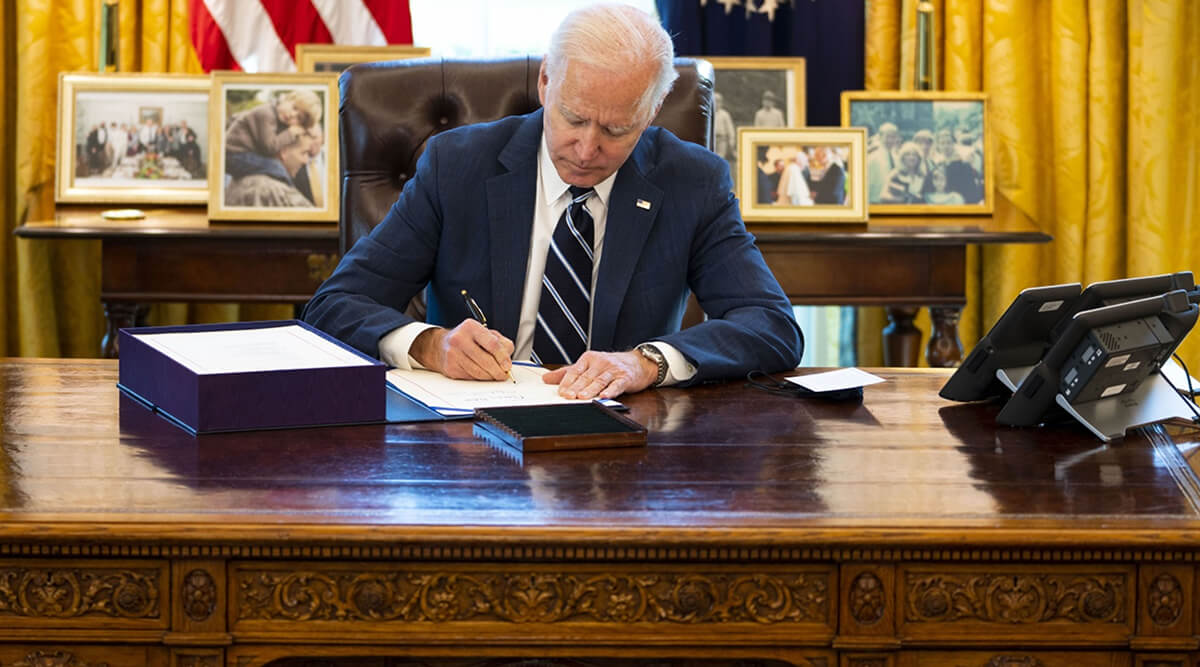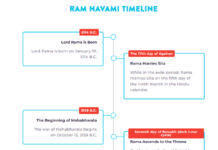Vidya Sethuraman
India Post News Service
On March 10, 2021, Congress passed the American Rescue Plan Act of 2021. The sweeping $1.9 trillion legislative package includes a significant range of policies to provide additional pandemic relief. The proposal includes a new round of stimulus checks, added unemployment benefits, $125 billion to help schools reopen, $350 billion for state and local governments, and $250 billion to support vaccination efforts. Speakers in the EMS press briefing on March 12 unpacked the bill.
Chad Stone, Chief Economist at the Center on Budget and Policy Priorities said that the American rescue plan addresses 3 issues – getting viruses under control so that the economy will be back to normalcy, relieving substantial hardship of Americans in the past year, economic recovery. Chad pointed out that the unemployment rate has soared due to the epidemic, especially in African, Hispanic and immigrant communities, causing food shortages and housing crises.
The $1.9 trillion relief bill also includes direct disbursement of $1,400 for eligible adults and dependent children, food subsidies to ensure nutrition, to solve the housing crisis, and emergency funds to help low-income families. The relief package adds $300 per week in federal payments on top of the amount you receive from the state until September 6. The new provision waives federal taxes on the first $10,200 of unemployment benefits you received in 2020.
It also provides a lot of money to open our schools. To help address the childcare affordability crisis, the American Rescue Plan significantly expands the child and dependent care tax credit for one year. Chad said the unemployment rate would be 9.5%. Black and Latino unemployment is 9.9 percent and 8.5 percent, respectively, well above the white unemployment rate of 5.6 percent — which itself is too high. It is a miracle program, but has some shortfalls, said Chad.
Rep. Raja Krishnamoorthi, D-Illinois offered his analysis of the relief bill and discussed the need to include funding for mental health initiatives for frontline health care workers. The American people have been asking for help throughout this pandemic, and it’s our responsibility as their representatives to deliver the support they need, said Rep. Krishnamoorthi.
This plan is a game changer; it will help us all heal. Affected by the epidemic, local taxes have dropped sharply, and local governments have no choice but to increase taxes, reduce services, and lay off employees and police officers. We have laid off 1.4 million government workers, most of them are the much-needed frontline heroes. He said that his wife is also a front-line medical staff, and nurse colleagues have been serving COVID-19 patients in the past year. Sometimes, due to insufficient resources and personal protective materials, individual medical staff cannot withstand the tremendous pressure and commit suicide. He hopes that the government can establish a support system for frontline medical staff to provide spiritual counseling.
Elaine Maag, Principal Research Associate at the Urban Institute focused on the bill’s impact on low-income children. “It’s the biggest single action toward reducing poverty that’s been taken in a long time.” It would lift more than 4 million children above the poverty line, cutting the number of children in poverty by more than 40%. The measure would increase the amount of the child tax credit to $3,600 per child under 6 and $3,000 per child between the ages of 6 and 18. There’s no phase-in rate, which means you get the full credit regardless of whether your parent earns money or not. And that’s a huge change in how taxes are typically delivered, said Elaine.
Dr. Sekou Siby, Executive Director of the Restaurant Opportunities Center said over three quarters (78 percent) of the nation’s 27.1 million service workers — including those in the restaurant industry are women, people of color, and immigrants Congressional Democrats tried to raise the minimum wage to $15 per hour, but they failed in the end. Sekou noted $15 is only one step towards a living wage. If passed in the Senate, this will increase the minimum wage to $15 by 2027.
The American Rescue Plan Act can dramatically reduce hardship and begin to set the stage for a stronger and more equitable recovery.







